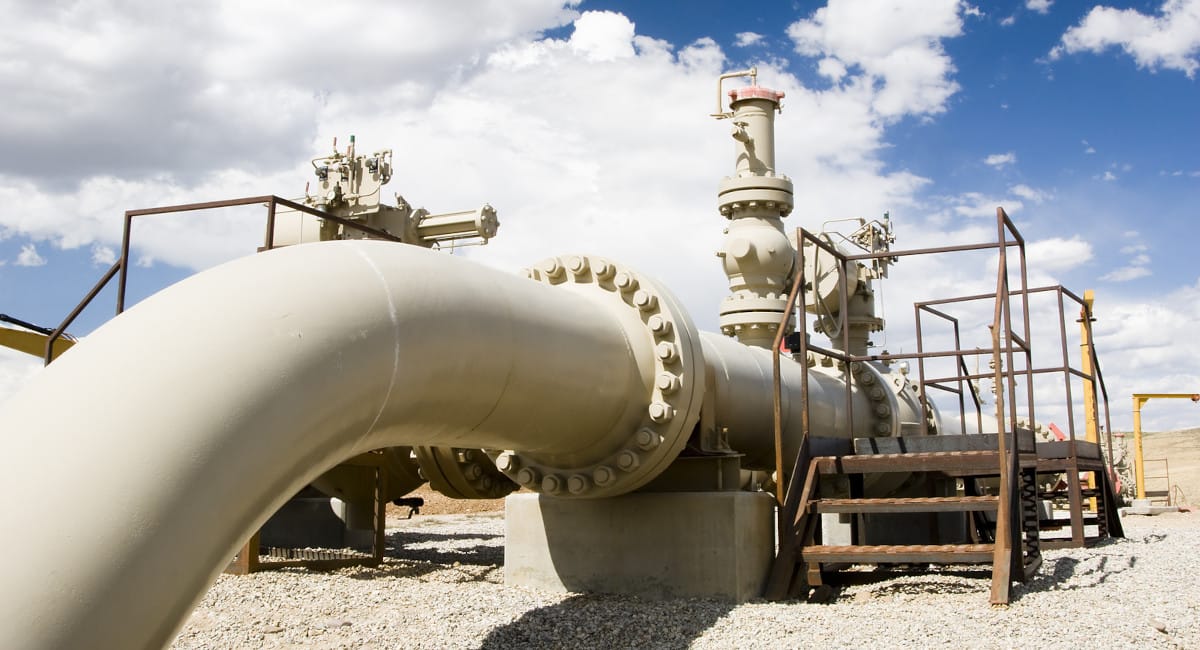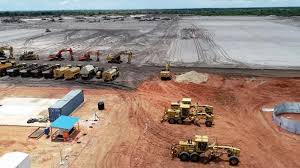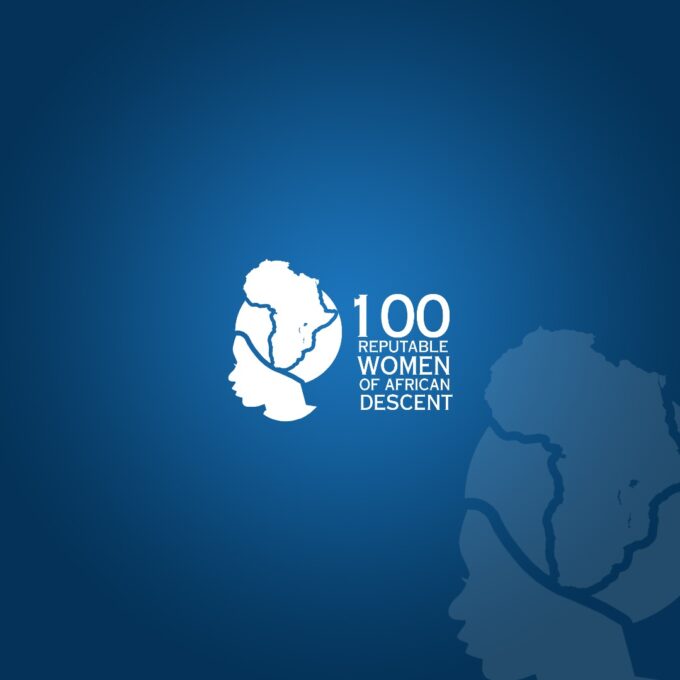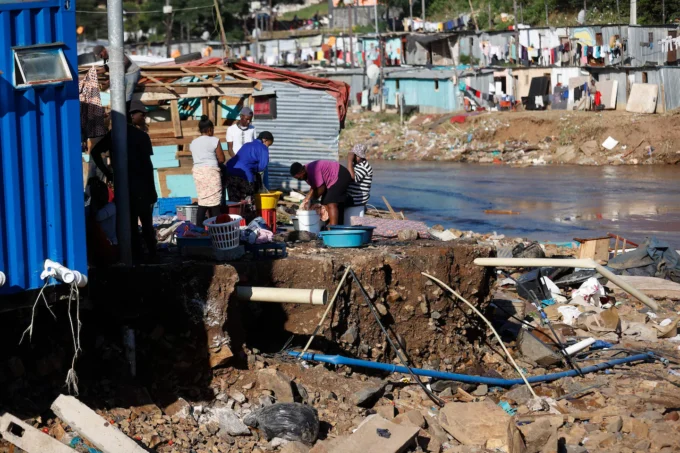Libya is setting its sights on a major oil revival, announcing plans to raise production to 1.6 million barrels per day (bpd) in 2026 and 1.8 million bpd by 2027, as part of an ambitious drive to redevelop old oil fields and attract new investment. The North African OPEC member currently produces about 1.4 million bpd, but Oil Minister Khalifa Abdulsadek says the country aims to hit 2 million bpd within the next five years.
Speaking at the Adipec energy conference in Abu Dhabi, Abdulsadek revealed that Libya is leveraging new technologies to rejuvenate “brown fields” discovered in the late 1950s and early 1960s, many of which still hold significant untapped reserves. “We have a mission to increase output to 2 million barrels per day over the next five years,” he said, emphasizing that Libya’s low-cost, high-quality crude gives it a competitive edge in global markets.
After years of turmoil following the 2011 civil war and the fall of Muammar Qaddafi, Libya’s oil and gas sector is witnessing renewed momentum. The government is inviting international companies to help redevelop its hydrocarbons industry, with 30 firms currently in the final stages of pre-qualification following global roadshows. The process is expected to wrap up by February 2026, with contracts to be signed in the second quarter of next year. “This gives a strong signal that Libya is back on the stage and open for business,” Abdulsadek noted.
In addition to oil, Libya is pushing to expand its natural gas production and exports through the Greenstream pipeline linking Western Libya to Italy. The country holds nearly 200 billion cubic feet of both conventional and unconventional gas reserves and plans to strengthen energy ties with neighboring nations like Egypt. Abdulsadek said Libya’s geographic position gives it a strategic advantage to supply gas to European and regional markets, contributing to global energy security.
As global demand for natural gas continues to surge projected to grow by 60 percent by 2040 according to Shell Libya hopes to capitalize on this trend, particularly as data centers and artificial intelligence technologies drive new energy needs.
Next month, Libya will host a major energy conference bringing together African and European stakeholders to discuss investment opportunities and strategies to boost output. The International Monetary Fund expects Libya’s economy to rebound this year, supported by higher oil production and an improving security climate. GDP grew by 2.4 percent in 2024 after a strong 10.2 percent rise in 2023, signaling renewed stability and economic recovery.














Leave a comment